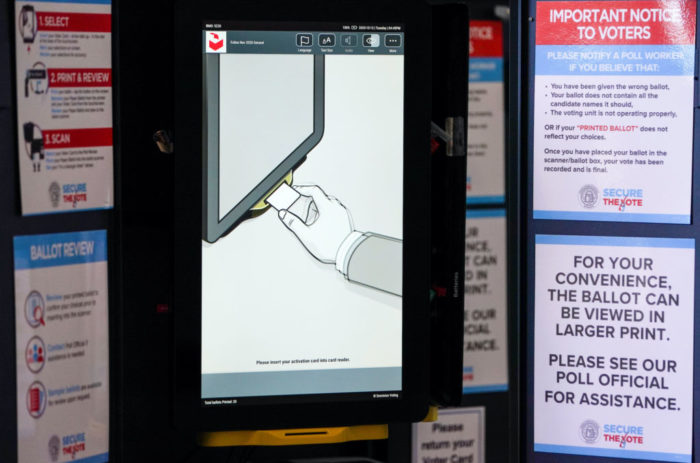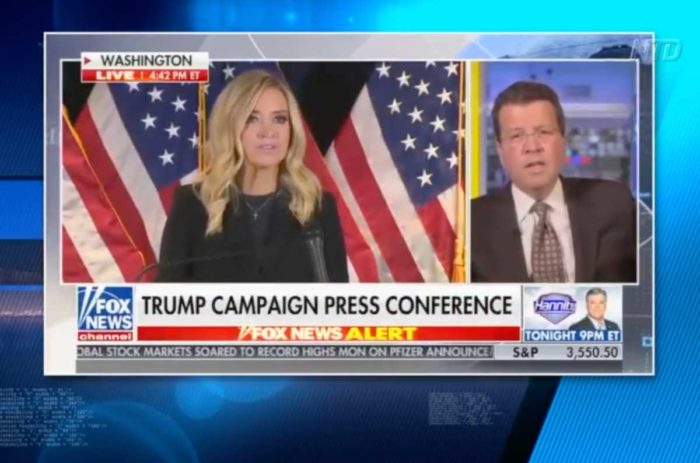redo Jump to...
print Print...
Directions
-Read the excerpt below (from James Taranto's Jan. 26th "Best of the Web" post at opinionjournal.com.
-Read "Types of Media Bias" in the right column. Then answer the questions.
…After spending the Bush years as a voice of opposition, American journalists have by and large turned on a dime and become cheerleaders for the man in power.
A case in point is the Associated Press, perhaps the nation’s premier “straight news” outfit. During the Bush years, the AP introduced a new reportorial idiom called “accountability journalism,” whose goal is “to report whether government officials are doing the job for which they were elected and keeping the promises they make.” Turns out they weren’t.
But the AP’s new idiom, which we hereby name “pliability journalism,” aims to show that everything is completely different from the bad old days of a week ago and before. A Saturday
dispatch by Liz Sidotti, titled “Obama Breaks From Bush, Avoids Divisive Stands,” shows how it works:
Barack Obama opened his presidency by breaking sharply from George W. Bush’s unpopular administration, but he mostly avoided divisive partisan and ideological stands. He focused instead on fixing the economy, repairing a battered world image and cleaning up government.
A central feature of pliability journalism is the bending of [conflicting] facts to fit the narrative of change, hope and unity. Here’s how Sidotti reshapes one such fact:
So far, Obama’s only real brush with issues that stoke partisan passions came when he revoked a ban on federal funding for international groups that provide or promote abortions. He did that quietly by issuing a memorandum late Friday afternoon. The move was expected; the issue has vacillated between Republican and Democratic presidents.
So three days after taking office, Obama executed a 180-degree policy turn on the nation’s most emotionally charged subject. That would seem to be the epitome of divisiveness. But no. It (1) has been “Obama’s only real brush with issues that stoke partisan passions,” (2) was “expected” and (3) was done “quietly.”
Sidotti also notes that “some Republicans are griping about Obama’s economic stimulus plan and closing Guantanamo. But their protests are somewhat muted, perhaps because little of what Obama has done thus far is a surprise.” So it turns out the abortion order was not the president’s only brush with issues that stoke partisan issues. In order to meet Sidotti’s definition of “divisive,” it seems, Obama would have to do something surprising–which, since he is a liberal Democrat, means he would have to do something conservative.
Oh, and when the next Republican president restores the ban on funding abortions overseas, will Sidotti credit him with not being divisive if he does so with little fanfare? Or would that be an example of excessive secrecy and lack of accountability?
[The AP’s] Paul Haven, in a Sunday dispatch, tells how much things have changed on the international scene:In his inaugural address, President Barack Obama signaled conciliation to America’s foes by using the metaphor of an outstretched hand to an unclenched fist.
Already, there are signs that some of those foes were listening, sensing an opening for improved relations after eight combative years under President George W. Bush. Fidel Castro is said to like the new American leader, and North Korea and Iran both sounded open to new ideas to defuse nuclear-tinged tensions.
After eight long years of conflict under George W. Bush, Obama will restore the amicable relations with Cuba, North Korea and Iran that previously had prevailed since the Kennedy, Truman and Carter administrations. What a change!
……………………………………………………
Read the original post at opinionjournal.com.
To accurately identify different types of bias, you should be aware of the issues of the day, and the liberal and conservative perspectives on each issue.
Types of Media Bias:Questions
1. What type of bias are the excerpts from news reports examples of?
2. Do you think the media’s tone toward President Obama is different than its tone toward President Bush? Explain your answer. Ask a parent the same question.
Scroll down to the bottom of the page for the answers.
Answers
1. The experts are examples of bias by spin. Spin involves tone – it’s a reporter’s subjective comments about objective facts; it makes one side’s ideological perspective look better than another.
2. Opinion question. Answers vary.



